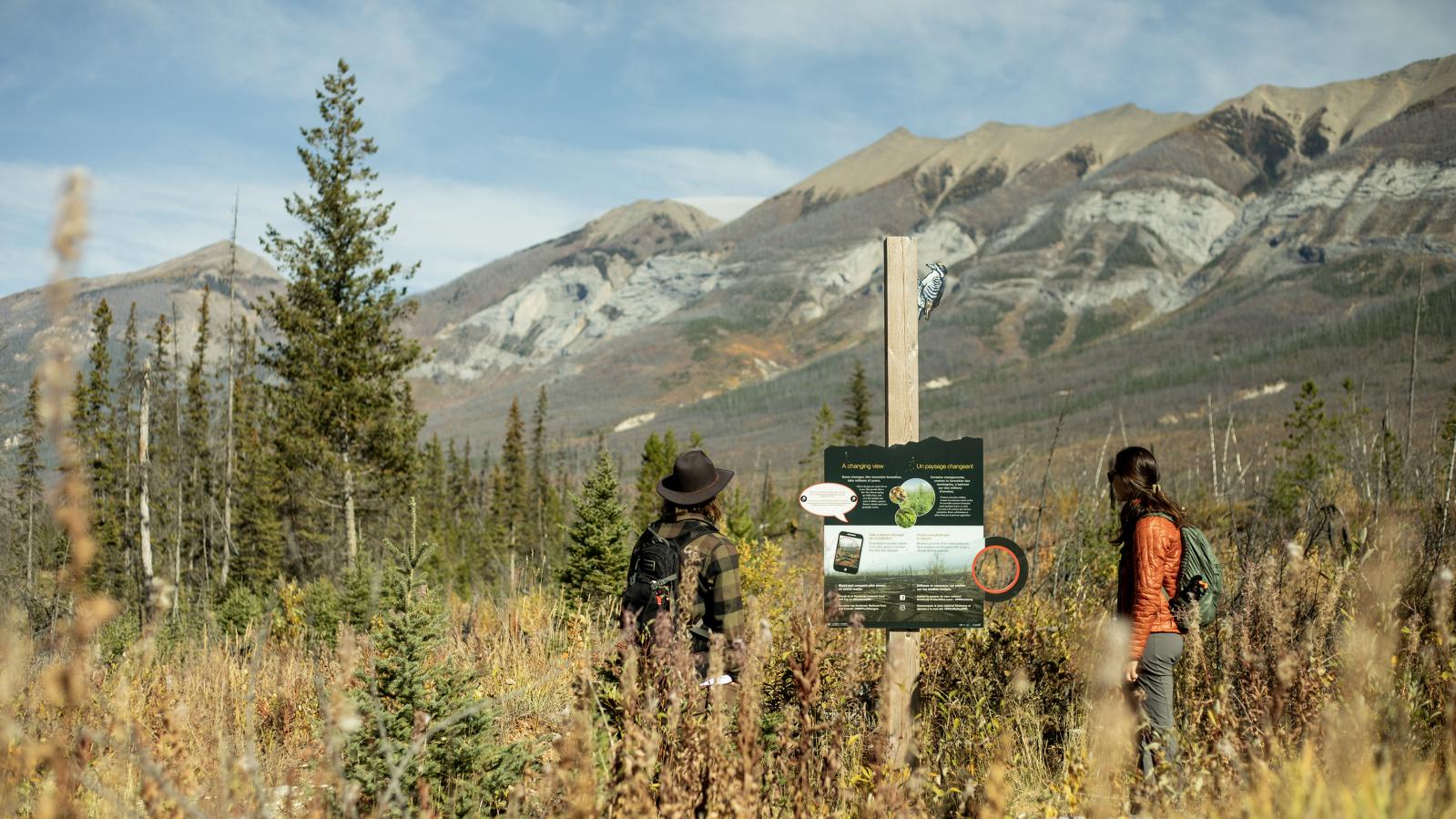
Kootenay National Park
Kootenay National Park
All waterbodies are closed to watercraft and fishing in Kootenay and Yoho National Parks.
To prevent the spread of whirling disease, all waterbodies in Kootenay and Yoho National Parks are closed to watercraft and angling until March 31, 2025.
This closure is necessary to protect vulnerable fish populations and sensitive ecosystems from aquatic invasive species. There is no treatment for whirling disease. Once established, it is very difficult to eradicate. Protect park waters. Respect all closures.
Kootenay National Park is a place of striking contrasts, where icy mountain rivers meet steaming hot springs. The park's 1406 sq. km (874 mi) form part of the Canadian Rocky Mountain Parks UNESCO World Heritage Site. Discover exceptional experiences just a short walk from the road. Visit deep canyons, spectacular viewpoints, and tumbling waterfalls, then relax and take a dip in the warm waters of Radium Hot Springs. For those seeking adventure, the park offers incredible backcountry opportunities, including the Rockwall trail. This epic 54 km (34 mi) hike threads through three alpine passes, subalpine meadows, and past impressive hanging glaciers. Find more information on mountaineering in the national parks.
Guided Experiences
Whether driving through the park or visiting its many attractions, be sure to download the Kootenay guided audio tour on the Parks Canada mobile app - it's free! Hear behind-the-scenes stories from Parks Canada staff and get insider tips on where to stop along one of BC's most scenic highways.
While here, don't miss the opportunity to explore the Burgess Shale, one of the world's most important fossil sites. The Stanley Glacier trail is home to fossils more than 515 million years old! Learn more about the Burgess Shale online or join a guided hike with Parks Canada.
Wildlife and You
Wildlife enthusiasts take note! Kootenay National Park is home to hundreds of animal species, including grizzly bears, wolves, and Rocky Mountain bighorn sheep. Viewing wildlife in their natural environment is one of the most exciting aspects of visiting the mountain national parks.
Help protect the wildlife that call this park home by learning these simple rules for your safety and the wildlife.
Trip Planning
Many Parks Canada locations are busy year-round. Plan ahead and have a backup plan to make the most of your experience. Visit the Parks Canada website, sign up for our e-newsletter, download the Parks Canada mobile app, and follow Kootenay National Park on social media for updates.
Kootenay National Park Fast Facts
- Established in 1920 as part of an agreement with the BC government to build a new road across the Rockies; the Banff-Windermere highway.
- Fire is a natural part of the park's landscape. About 34,000 hectares, or 24%, of the park has burned down between 2003 and 2023.
- Kootenay National Park is part of the Canadian Rocky Mountain Parks UNESCO World Heritage Site.
- It is situated on the west side of the Continental Divide, with most of the park’s waters are glacier-fed.
For more information visit Kootenay National Park.



